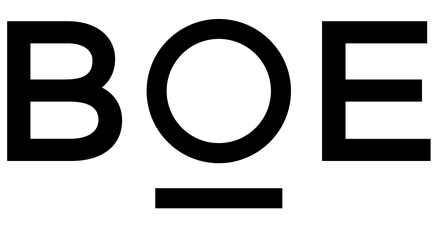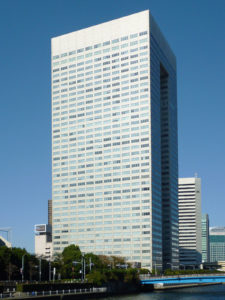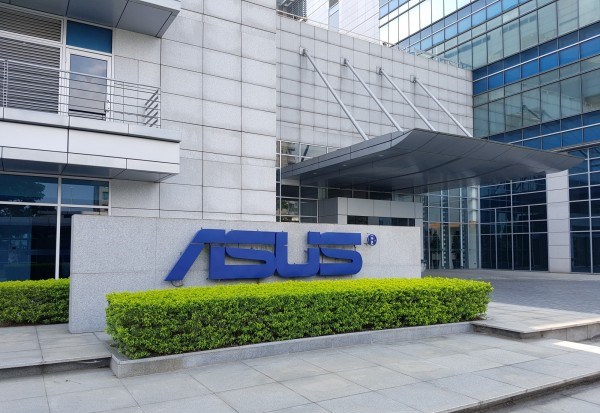BOE Technology – The Largest Display Panel Maker in the World.
BOE Technology Group Co., Ltd., also known as Jingdongfang, is a China-based electronics and semiconductor company with its headquarters located in Beijing, China. Being an electronics company, BOE Technology exactly knows how much effort it takes to stay strong among great competition from its peers. And, it is tougher to be popular and stay relevant, when the big names from foreign countries are your competitors. BOE Technology is one of the biggest examples of how local products can also be the best, and how buying local products can help the country’s economy, too.
About more than twenty years ago, the company was struggling to make its mark in the industry as the competition was tough. But with constant efforts, BOE Technology is now known on the international level, and companies like Apple Inc. are its permanent customers.
About BOE Technology
BOE Technology is among the leading electronics company in China and expertise in electronics health care, the internet of things, and photovoltaics, such that it produces products like interface devices, smart medicine, smart IoT systems as well as engineering integration-related products. BOE Technology is also famous as the largest supplier of LCD, OED, and flexible/foldable displays. The company also manufactures and sells fingerprint sensors, optoelectronic sensors, and solar panels.

BOE Technology has expanded overseas to 19 countries and has over 65,000 people working for it. Looking at the 2018 records, the company earned revenues worth US$14.56 billion and values at US$18 billion. SES-imagotag and Varitronix are its major subsidiaries.
The Founding of BOE Technology
Wang Dongsheng, who was an accountant, founded BOE Technology as Beijing Oriental Electronics Group Co., Ltd in April 1993. He opened the company by overtaking an ailing vacuum tube factory and raising money from his subordinates. Though, in the beginning, the founder had to sell mouthwash to generate extra income, the company soon was manufacturing and selling the products it intended to, i.e. TV and monitor displays.
The sudden rise in revenues helped BOE Technology list the B shares on the Shenzhen Stock Exchange, in 1997. The company was then renamed BOE Technology Group Co., Ltd. in 2001. It made its first acquisition in the same year, where it bought the LCD and OLED businesses of SK Hynix for US$22.5 million. In the next two years, the company also bought the flat-panel display business of the same company. In 2009, BOE Technology also acquired the Taipei-based Display Research Center and AIO Manufacturing Plant of Suzhou Gaochuang Electronics.
BOE Technology put the foundation of the BOE Energy Technology Co., Ltd and entered the photovoltaic business in 2009. The company expanded overseas when it opened its branch and an R&D center in Tokyo, Japan (2011) and Santa Clara in Silicon Valley, California (2012). In 2015 and 2016, BOE Technology opened offices in Frankfurt Germany, and New Delhi, India, respectively. In the following years, the company expanded to Dubai, Brazil, Indonesia, South Africa, etc.
The company partnered with the Universal Display Corporation for the supplies of phosphorescent OLED materials. It also entered into a joint venture with Kopin Corporation and Olightek to extend its operations in micro-displays manufacturing. The same year, BOE Technology became the world’s largest LCD TV and monitor producer. As of 2019, the company holds second place on shipping the smartphone OLED panel, Huawei and Samsung being few of its customers.
Acquisitions
In the past decade, BOE Technology has made some of the biggest acquisitions, which have contributed to the growth of the company. K-Tronics (2010), OASIS International Hospital (2015), Varitronix (2016), SES-imagotag (2018) are some of the BOE’s acquired companies.
The Founder: Wang Dongsheng
Wang Dongsheng founded BOE Technology around 26 years ago at the age of 35. He was working as an accountant in a state-owned vacuum-tube factory, which he took over later to found BOE Technology. Before starting the company, he sold mouthwash for extra income and borrowed money from his subordinates from his former company to start the business. Today, after 26 years, after all the efforts of Dongsheng, BOE Technology is not only the largest electronics and semiconductor company in China but is among the largest LCD-LED suppliers in the world.

Yashica is a Software Engineer turned Content Writer, who loves to write on social causes and expertise in writing technical stuff. She loves to watch movies and explore new places. She believes that you need to live once before you die. So experimenting with her life and career choices, she is trying to live her life to the fullest.





